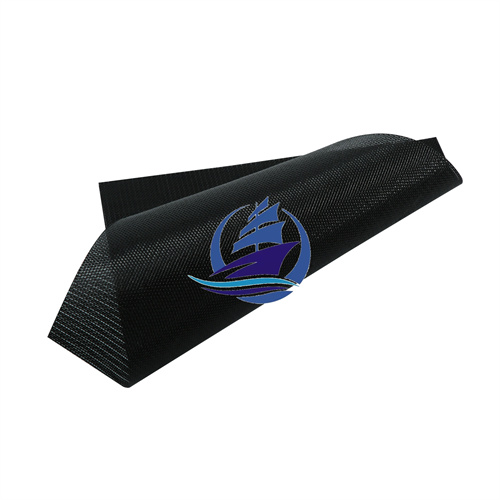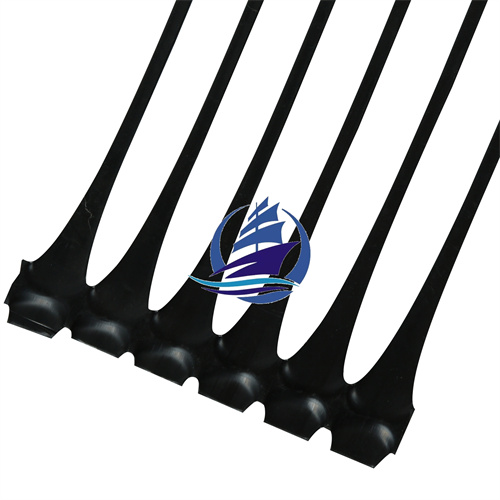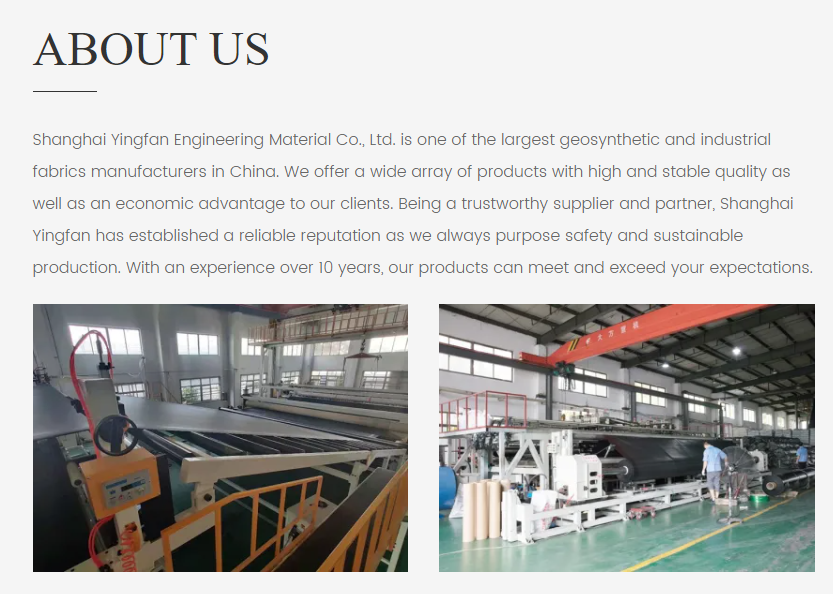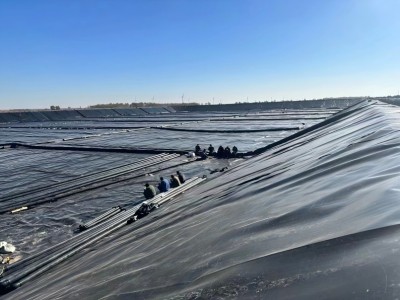
Geogrid vs Geotextile: Which to Choose?
2024-08-16 15:00
Geogrid and geotextile are synthetic materials commonly used in construction and civil engineering to enhance soil stability and performance. While they may seem similar, they have distinct characteristics and applications. Let’s dive into the details.
Geogrid Basics
A geogrid is a biaxial or triaxial geosynthetic material composed of polymeric strips interconnected to form a grid-like structure. Its primary function is soil reinforcement. By interlocking with soil particles, geogrids increase the shear strength of the soil mass, improving its stability and load-bearing capacity. Geogrids are commonly used in applications such as road construction, retaining walls, and slope stabilization.
Geotextile Basics
A geotextile is a permeable fabric made of synthetic fibers. It is used for various purposes, including separation, filtration, drainage, reinforcement, and protection. Unlike geogrids, geotextiles do not provide significant reinforcement but excel in other functions. For example, they can prevent soil erosion, improve drainage, and separate different soil layers.

Geogrid and Geotextile Applications
While both geogrid and geotextile have their specific applications, they often work together to create a more effective solution. Here are some common applications:
Road construction: Geogrids can reinforce the base layer, while geotextiles can separate different layers and improve drainage.
Retaining walls: Geogrids provide reinforcement to prevent soil movement, while geotextiles can be used for drainage and filtration.
Landscaping: Geotextiles can be used for erosion control and weed prevention, while geogrids can reinforce slopes.
Waste management: Both geogrid and geotextile can be used in landfill construction to provide stability and prevent leachate contamination.
Differences between Geogrid and Geotextile
The primary difference between geogrids and geotextiles lies in their functions. Geogrids excel in soil reinforcement, while geotextiles are better suited for separation, filtration, drainage, and protection. However, they can be used together to create a composite system that offers multiple benefits.
Frequently Asked Questions about Geogrid and Geotextile
Which is stronger, geogrid or geotextile?
Geogrids are generally stronger than geotextiles due to their interlocking structure, making them ideal for reinforcement applications.
Can geogrids and geotextiles be used interchangeably?
While both materials have their strengths, they are designed for different purposes. Using the wrong material can compromise project performance.
How do I choose between geogrid and geotextile?
The choice depends on the specific project requirements. Consider factors such as soil conditions, load bearing, and desired outcomes. Consulting with a geotechnical engineer can be helpful.
Conclusion
Geogrid and geotextile fabrics are valuable tools in the construction industry, each with its unique properties and applications. Understanding the differences between the two is crucial for selecting the right material for your project. By carefully considering the project requirements and seeking expert advice from geogrid and geotextile manufacturers, you can optimize the performance and longevity of your construction project.










